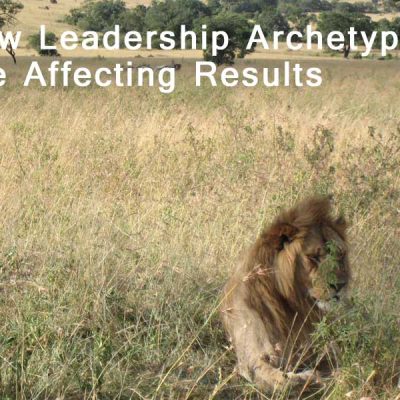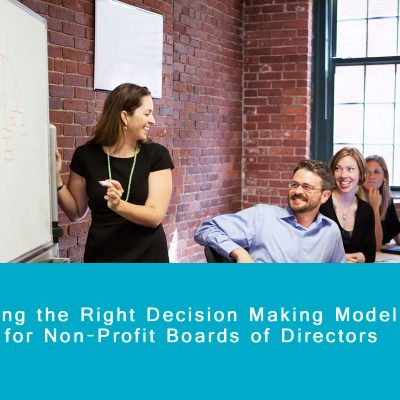The advent of positive psychology
Judging by the focus of people’s thoughts and conversations, knowing what works seems to be harder to know than what doesn’t work. The newly emerging field of positive psychology was formally birthed in the 1990’s, highlighting that more than 90 percent of published articles in psychology were of something not working, with only a small percentage of articles focusing on something positive. Whether an individual is working on something in his or her life or organization, it is going to take a conscious disciplined effort to shift from the tendency to focus on the problem to focusing on the solution. A number of books and other resources exist to assist individuals to shift what their mind focuses on and to follow your intuition to find the right way for you, if you are interested in shifting from a problem focused pattern of thinking, to a solution focused pattern of thinking.
In my explorations, I was interested in discovering whether such a shift in viewpoint to riding the wave of solution rather than staying fixed in the problem energy is possible for the collective that make up an organization to achieve. I was interested in the emergence of theories in the 1990’s to do with critical mass thinking and the percentage of people required in a system in order to achieve a shift in the whole group. Various researchers found that even if ten percent of a group shifted their thinking and behaviors, then the whole group could shift. The one significant proviso was that the group that made up the ten percent had to be representative of a maximum mixture of the organization. The same shift did not take place with only ten percent if that ten percent were all within one layer or grouping in the organization. Critical mass thinking became a foundation for the emergence of a new stream of organizational development practice sometimes referred to as Whole System Meetings and sometimes referred to as Large Group Interventions. OST was accepted as a credible, reliable method for leading meetings of the whole system and was considered to be the most open, and in my eighteen year history with frequent use of OST, the most effective, of this new way of working to create shifts in organizations/collectives using the meeting as a catalyst. A shift from problem focus to solution focus in a collective was possible in a collective using OST and other whole system meeting methods. In my quest to assist organizations in benefiting from the wisdom of collective intelligence, it was important to be able to work with the collective in a way that the collective intelligence for solutions could be accessed quickly, even in a single meeting.
We have the opportunity to work with extraordinary leaders around the world. Extraordinary leaders are able to do non-ordinary thinking and are willing to expand their perspectives. When we suggest to them that collective intelligence is a resource that they might want to pay more attention to, they understand the old adage ‘the whole is greater than the sum of the parts’ and they want to know how to make use of the collective intelligence of their organization so that their organizations have better results. We encourage these leaders to lead their organizations from a perspective that includes the development of a life nurturing operating platform for their organizations including a liberating structure and a participatory architecture if they want to maximize the opportunities of working with the collective intelligence present in the organization.
The operating platform is usually the physical manifestation of the key formal leader’s belief system of the organization regarding how much freedom she is willing and able to give her staff to develop their own solutions and make their own decisions, and the framework she chooses to allow this freedom. How liberating can the structure be, so that people can actually get their work done efficiently based on their personal empowerment? She would need to be willing to command, but not control. Command would include being very clear what her own non-negotiables or ‘givens’ are and what the degrees of freedom are for people in the organization to be innovative and to make decisions. In other words, she creates her own rules of engagement for the operations in the organization. It is amazingly wonderful to watch the improvements in the organization when the rules of engagement, the operating platform, are explicitly stated rather than having staff walk through a mine field of making assumptions about what is implicit in the operating platform. The beliefs of the leader and the liberating structure are two key ingredients of the operating platform. Another key ingredient is to create the time and space for highly participative meetings to access the collective intelligence of those gathered for the meeting. We refer to this as the development of a participatory architecture within the liberating structure.
Just as the individual needs to discipline her mind towards a solution focus – avoiding getting locked onto a problem focus – the organization needs to develop its own discipline to do so. Within this discipline, there must be a pattern of using meetings and other forums to find solutions by benefiting from this often overlooked capacity of the organization’s collective intelligence. In 1992 I began experimenting with frequent use of OST meetings to tap into the collective intelligence of the organization that I was responsible for. We had highly participatory meetings with good solutions emerging. In that respect, our use of OST meetings was highly successful for tapping into the collective intelligence. Our challenges were that the solutions kept running into barriers in our daily reality as an organization and that the energy for participating in the meetings started to wane as people discovered the problems in implementing their solutions. Fortunately, the staff size was about eighty and we thus had the luxury to observe ourselves, our organization, and to look at this situation together and make adjustments.
One of the applications of our knowledge of tapping into collective wisdom, and positive psychology is Strategic Planning the Genuine Contact Way…a way of strategic planning that focuses on successfully implementing the plan. To find out more, please join us for our upcoming Strategic Planning workshop.









Leave a Reply
You must be logged in to post a comment.